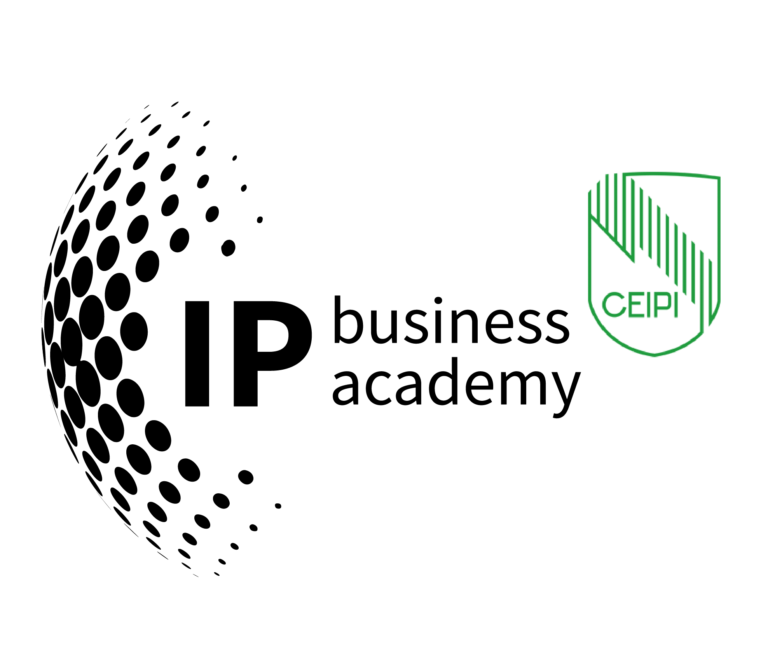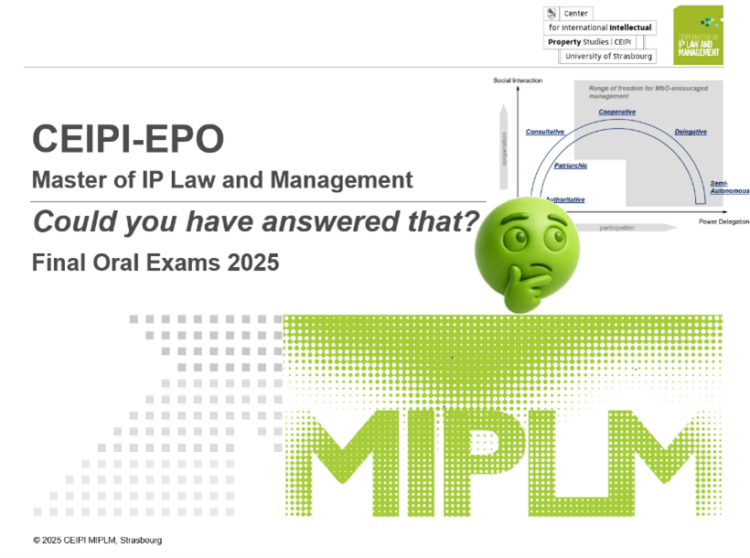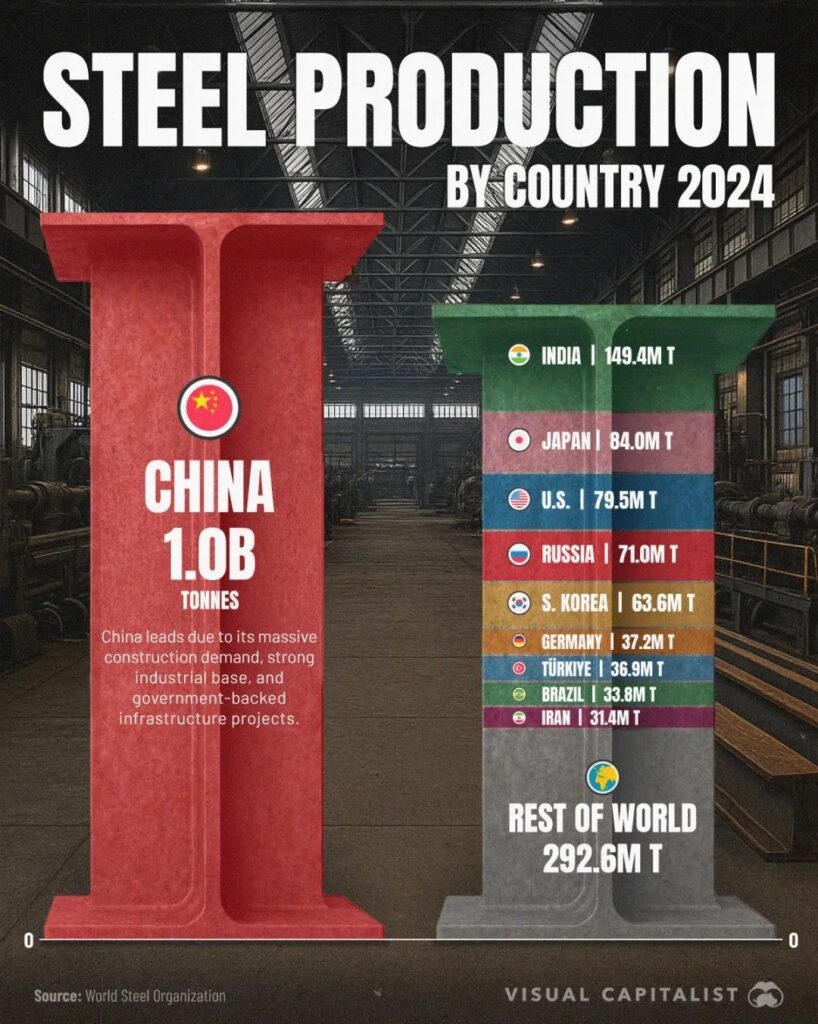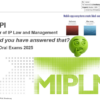China-Europe: IP tables have turned 🎯 IP Management Pulse #45
Many IP experts in the IP community at I3PM, the HTB-EPO initiative, and IP offices and institutions in national and regional innovation systems have asked Prof. Dr. Alexander Wurzer: “Where can you be sure not to miss any important IP management content?” In fact, you have to follow a number of interesting feeds to really keep up with the global developments around IP management. To make this easier he decided to offer his own personal newsletter for IP management. Here you can find the latest issues in the archive and also subscribe. A fresh read with all important IP Management content will be sent to the subscribers every second Thursday at 7:00 (CET), so that they can start the day informed.
The next newsletter will cover the following topics:
China-Europe: IP tables have turned
In a groundbreaking move, BMW has partnered with China’s leading autonomous driving technology company, Momenta, to develop advanced ADAS (Advanced Driver Assistance Systems) for the Chinese market. This deal marks a major shift in the traditional automotive landscape, where China once mainly played the role of a buyer — today, it’s an innovator and supplier.
👉️ To the LinkedIn post
Are game mechanics patentable?
When protecting digital products, it is often difficult to identify aspects of the product, which are customer relevant and can be protected by patents at the same time. A typical example are computer games, which can be broken down to a set of game rules or mechanics. Nintendo shows how to patent them.
👉️ To the LinkedIn post by Artur Rudstein
Common misconceptions around IP ownership
Young and inexperienced entrepreneurs often find themselves in the difficult position of having scarce resources and having to work with external developers or freelancers, while having only limited knowledge of IP contracts and IP ownership. To avoid costly failures, they must not fall for the most common misconceptions.
👉️ To the LinkedIn post by Maria Boicova-Wynants
Limits of AI for patent drafting
AI has now become an accepted tool in most professions, also for the work of a patent attorney. But how to use its full potential and how to understand its limits?
👉️ To the LinkedIn post by Bastian Best
How to align IP with your business objectives?
Many companies still file patent applications because there is an invention or register trademarks because you need some. That typically leads to underused and not very valuable IP. This can be avoided by treating IP as an asset and generating it in a systematic way.
👉️ To the LinkedIn post by Petter Westnes
Whom to follow
Ekrem Ayhan Çakay is IP Analyst at WIPO and Chair at TURPIUG (the TURkish Patent Information User Group). On his LinkedIn feed, he shares information about current patent information events and WIPO resources on the same topic. If you do not want to miss any conference and like to network with patent information peers, I recommend to link with him.
Brian Chau is Partner (Intellectual Property, Electrical Engineering) at Norton Rose Fulbright Canada LLP and is featured in IAM Patent 1000 and Legal 500. His LinkedIn posts cover current international developments in AI and insights on the use of IP in Canada. I recommend to connect with him, if you want to stay up to date on the topic of software patents.
New on the Resource Hub
Digital marketing: Smart on LinkedIn – A guide
This free guide solves the challenge of standing out in a crowded digital space. You’ll learn to transform your LinkedIn presence from basic to authoritative, attracting clients and collaborators while avoiding time-wasting mistakes. Includes pro tips on profile “thickness,” smart use of InMail, and curating a high-value network.
Business Development: Email Course Business Development
This free course helps IP experts shift from reactive outreach to structured business development. You’ll learn how to position your expertise, build trust through client-focused communication, and develop a reliable system to grow your practice — step by step.
LinkedIn mastery for IP experts – from profile to conversations
For many IP experts, LinkedIn is still seen as a digital CV or a place for job hunting. But in reality, it’s the world’s largest professional platform, a stage where reputations are built, networks are shaped, and business opportunities emerge. If you want your expertise to be visible beyond your immediate circle, LinkedIn is not optional. It’s essential.
Think of your LinkedIn profile as your professional “front door.” When someone googles you, chances are your LinkedIn profile appears first. What impression does it create?
As I’ve said in earlier columns: personal branding is not about being louder, but about being clearer and more consistent. LinkedIn is a tool to make your expertise accessible, not an end in itself.
Could you have answered that? Cracking the CEIPI EPO MIPLM’25 Exam on Leadership in IP Management
Task 22 of the CEIPI MIPLM’25 exam challenges candidates to explain how leadership works in IP management. InnovaIP GmbH, a fast-growing European IP consultancy, is expanding its services across various sectors and countries. As their client base and team grow, the management recognizes that technical expertise alone is not enough to ensure sustainable success. They are now facing challenges in aligning their leadership culture with the demands of interdisciplinary collaboration, distributed teams, and innovation pressure. You are hired to design a leadership model that ensures effective team performance, motivation, and responsibility in IP management tasks.
From Lenses to Leverage
How often do you bump into a 179 year old company that still behaves like a start‑up when it comes to its IP? ZEISS does just that. Quietly shielded by the Carl‑Zeiss‑Stiftung, the optics legend has turned its ownership model into a licence to think long‑term, no quarterly‑results anxiety, no “file‑everything‑that-moves” patent panic. Instead, it orchestrates IP the way a maestro conducts an orchestra: each section plays its own line, yet the symphony is unmistakably one piece.
Patent information in the steel industry
Steel plays a major role in the growth of emerging markets, from China to Brazil. It is used in many crucial sectors, such as the construction industry and the manufacturing industry. Since it is such an important material, steel producers worldwide are accelerating both their innovation and patenting activities to stay ahead in the market.
A valuable tool for monitoring the competitive landscape and supporting the development of novel steel solutions is patent information. How to use it in the steel industry is described in this case study, which presents the industry-specific STEELmaker tool.
How IP Powers the Subscription-Based Fitness Ecosystem
Peloton’s rapid growth was powered by a multi-layered business strategy. First, the company combined hardware sales with a recurring subscription revenue model. Customers purchased a premium-priced bike or treadmill and then paid a monthly fee for access to live and on-demand content. This hybrid model ensured immediate revenue from equipment sales and long-term revenue from subscriptions.







